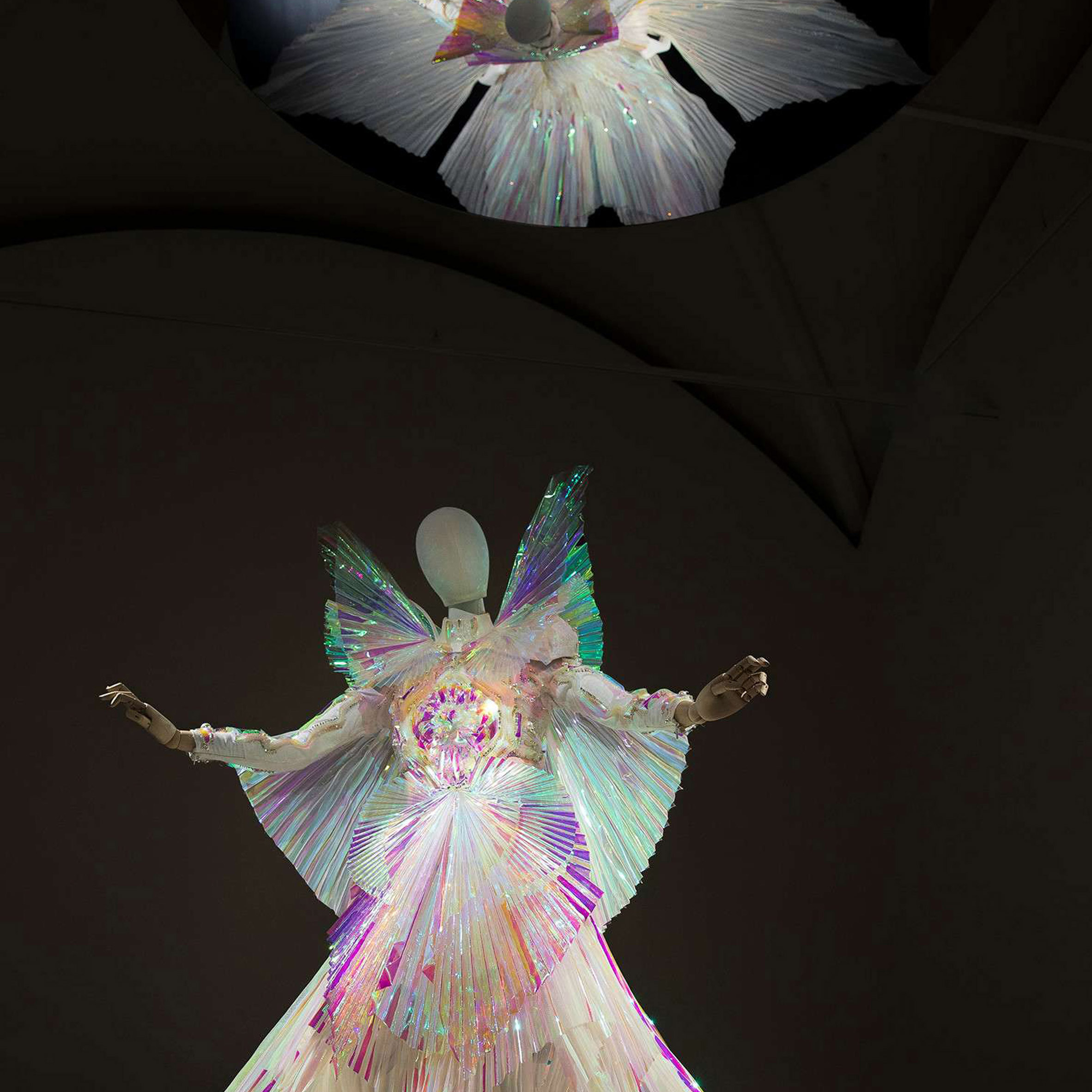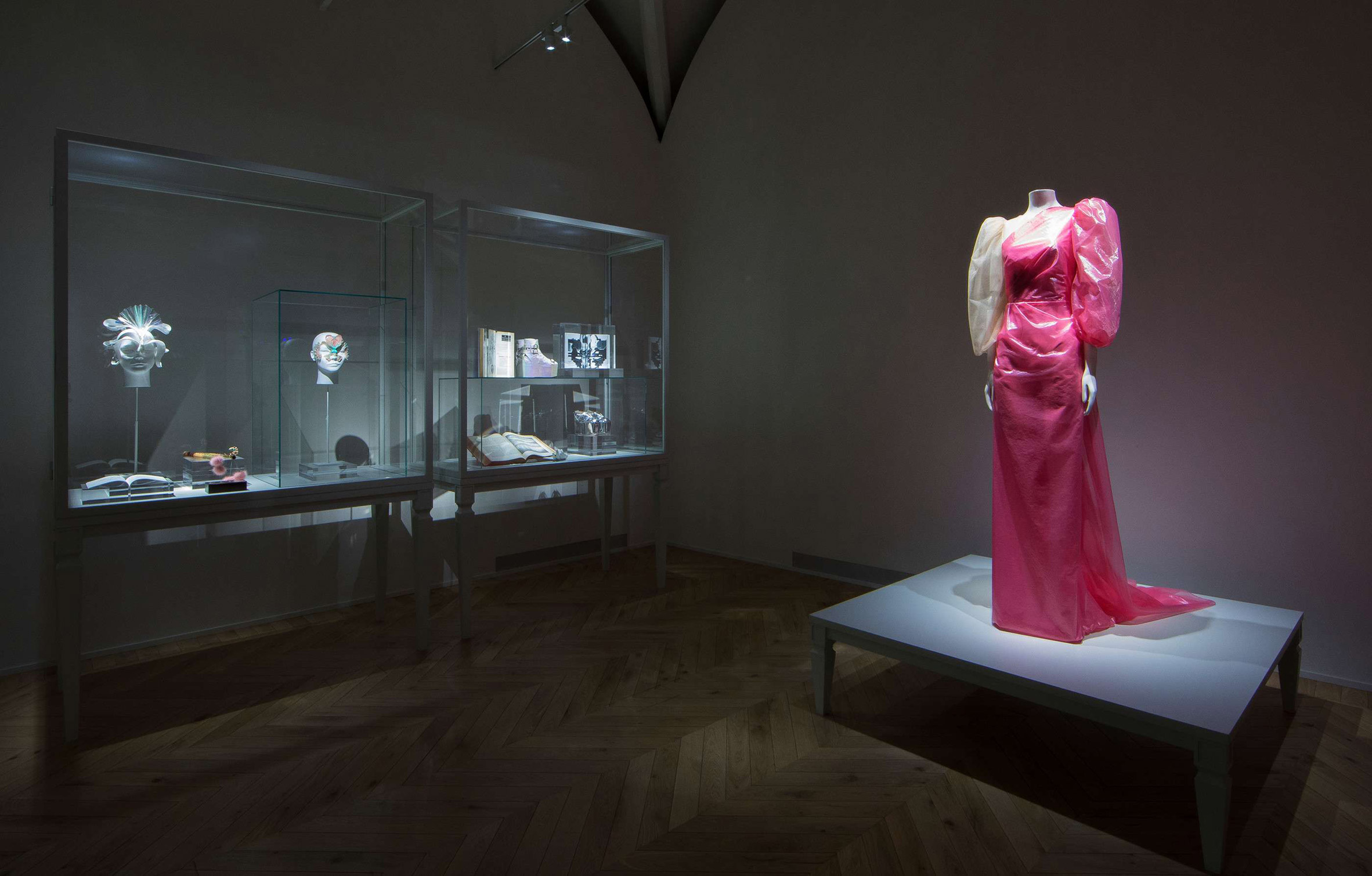Thermoplastics:
A thermoplastic is a material, usually, a plastic polymer, which becomes softer when heated and hard when cooled. Thermoplastic materials can be cooled and heated several times without any change in their chemistry or mechanical properties. When thermoplastics are heated to their melting point, they melt to a liquid.
For the class, Prof Galina gave us a sample- 100% organza- and hence I also used the same for the thermoplastic class.
Materials used: 100% polyester fabric, marbles, aluminium foil, rubber bands.
Steps:
1) Cut the organza into the desired sample size.
2) Wrap the organza around the selected objects and tie them with rubber bands whenever necessary.
3) Wrap the completed design with a layer of aluminium foil.
4) Put into the pot to cook for about 1 hr. Remember to do it outside as the fumes emitted from the polyester could make you feel dizzy and nauseous.
5) Remove the wrapped piece and leave it to cool before removing the layer of aluminium foil and all the objects wrapped in the polyester.
Process and Trials:
Trial #1:
I made use of marbles of different sizes as well as aluminium foil. I wrapped the marbles with the organza and tied them with rubber bands. I also tried twisting the organza into sharp pointy cones and wrapped the cones with aluminium foils.
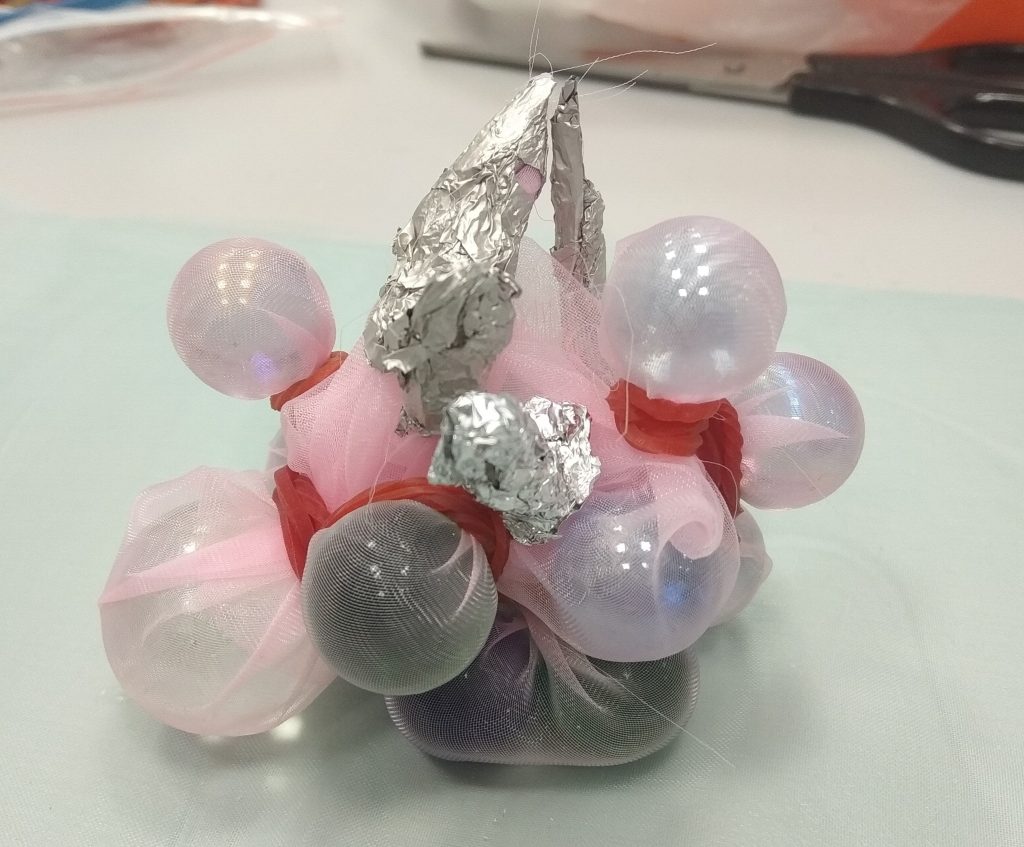
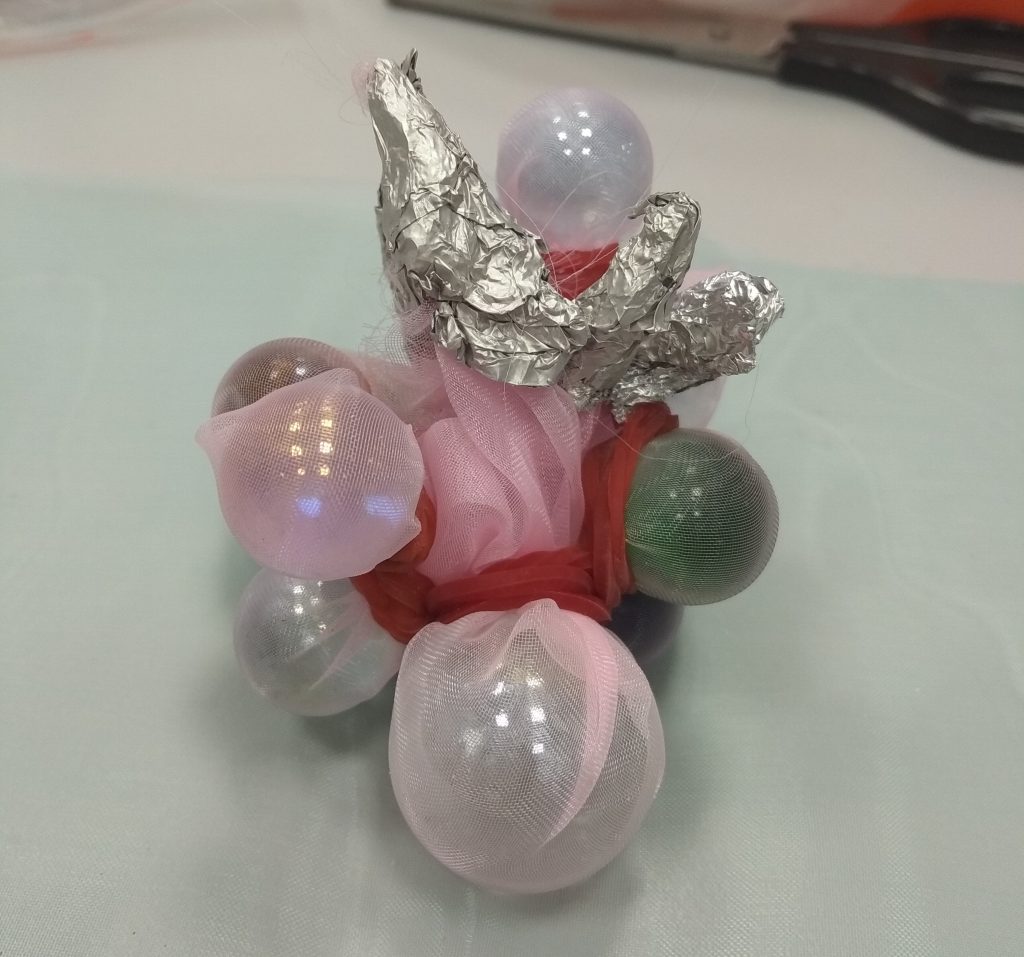
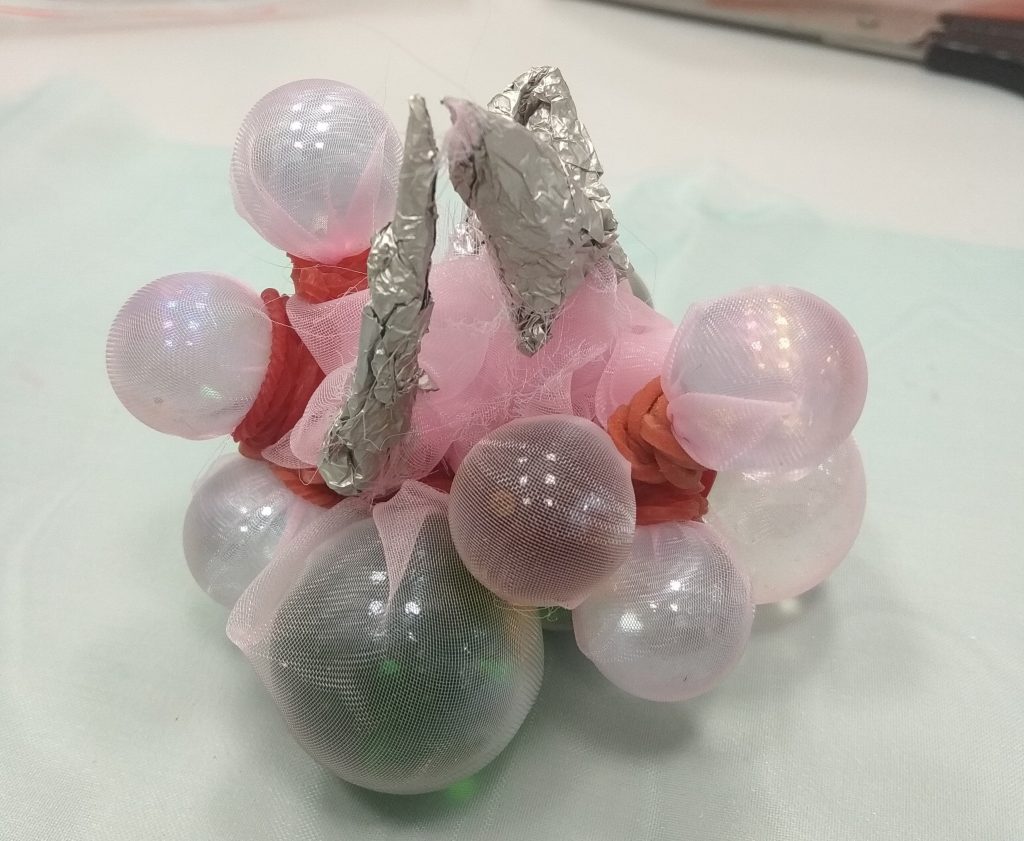
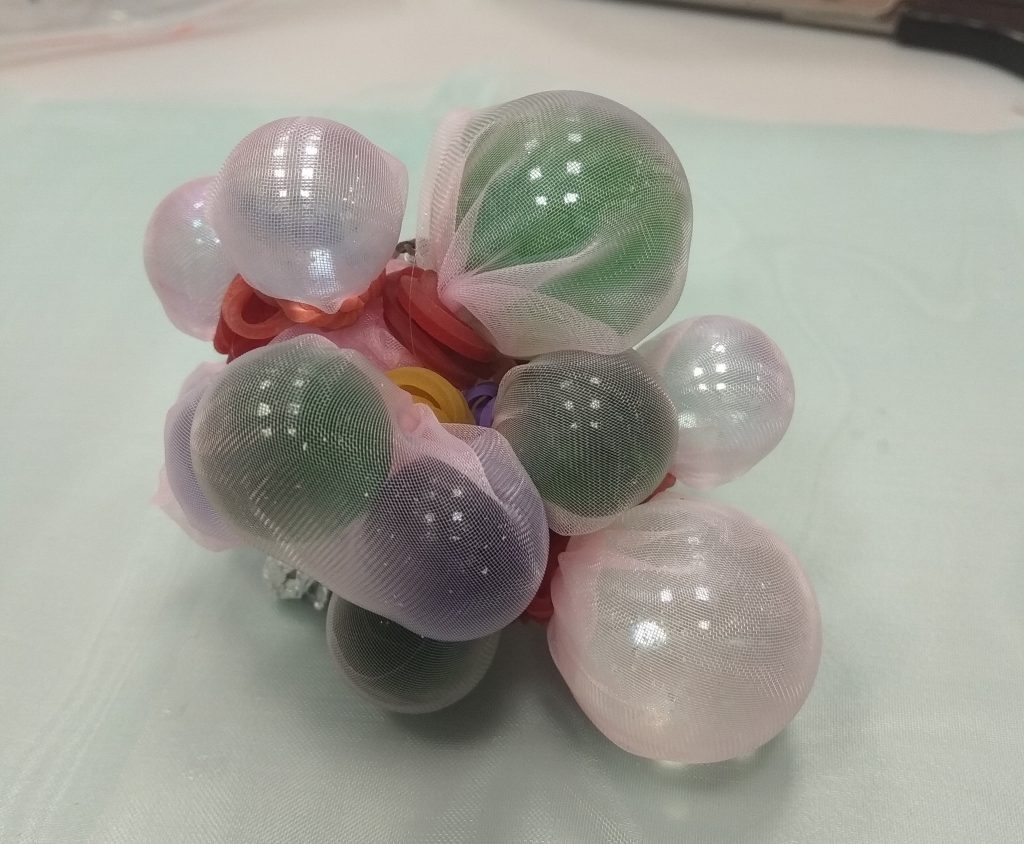
Trial #2:
I made use of aluminium foil as the origami mould for the organza. Cut the aluminium foil twice the size of the organza sample. Sandwich the organza in between the aluminium foil and start folding it in the desired manner.
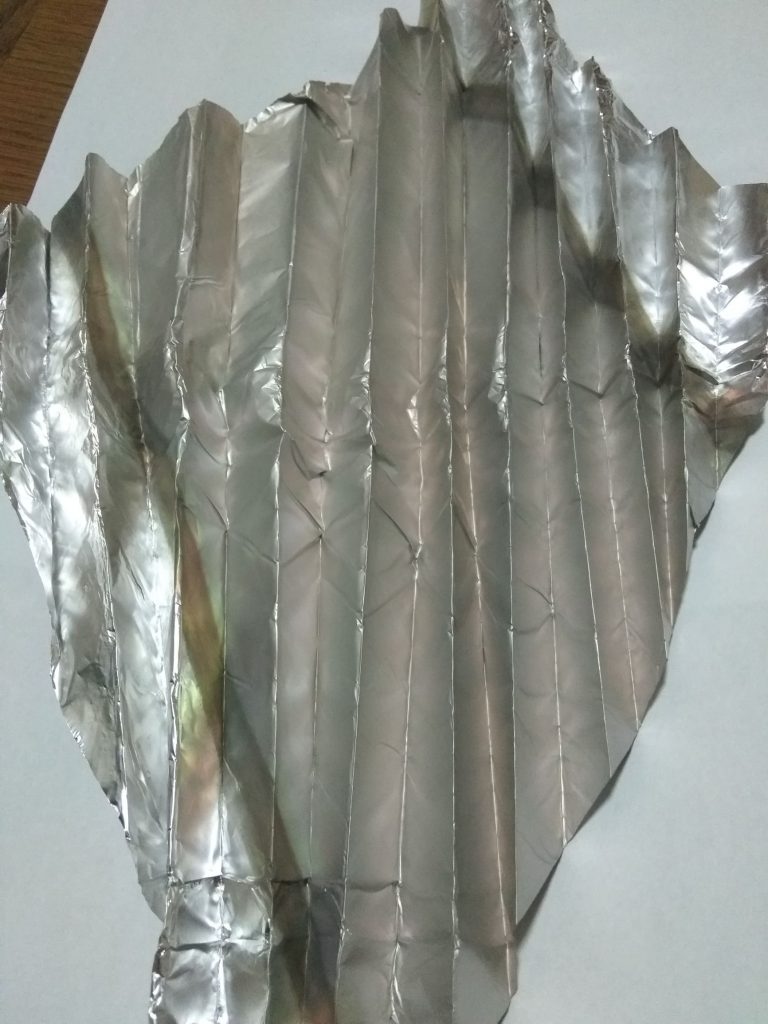
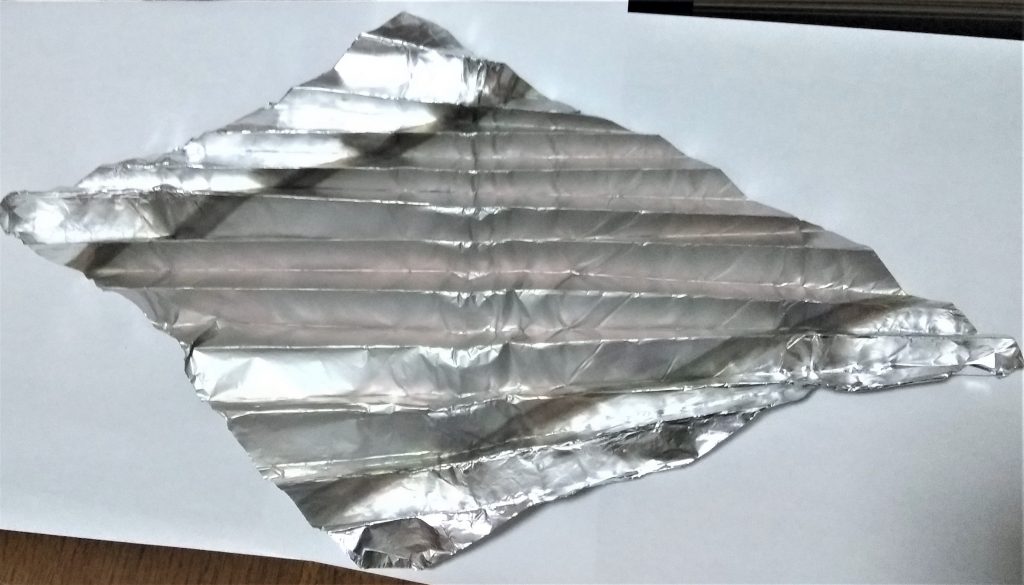
This is the eventual shape I am hoping for my organza sample.
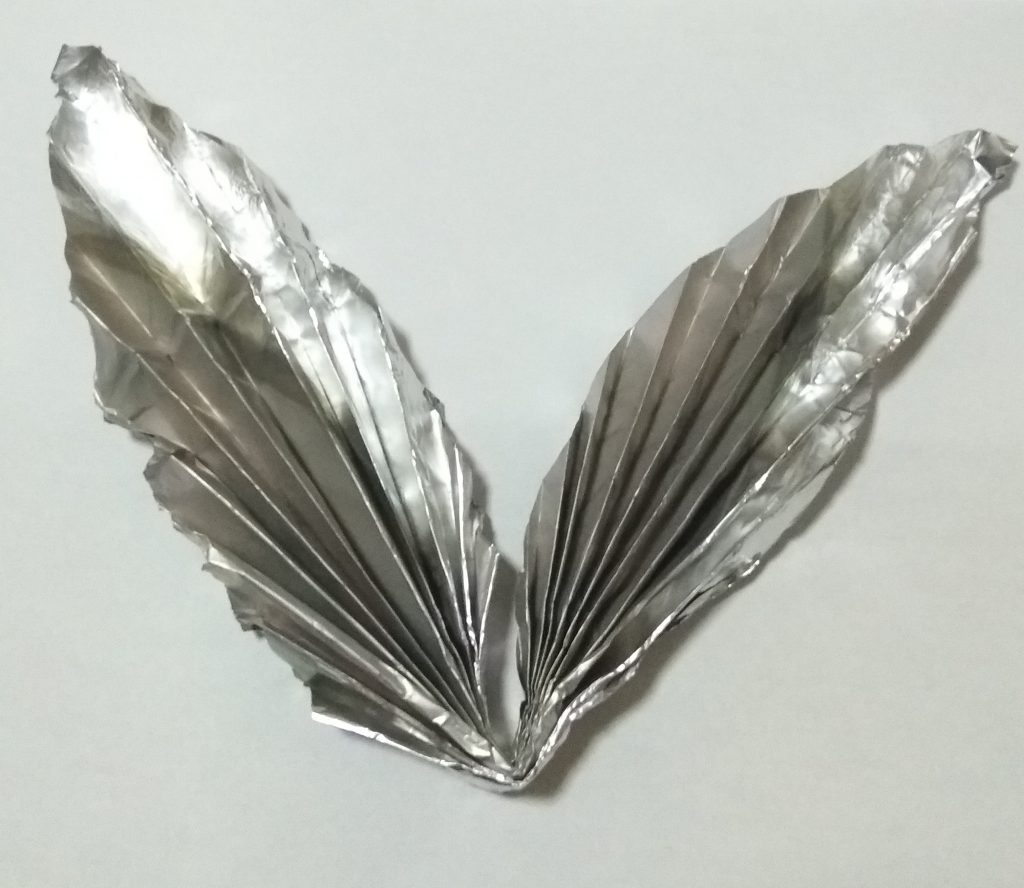
Trial #3:
For the third attempt, I was going for the curled ball abstract look for the organza. Hence I literally wrap the organza in between the aluminium foil and crushed it into a ball.
For identification purposes, I tied green threads around my 3 trials and coloured rubber bands.
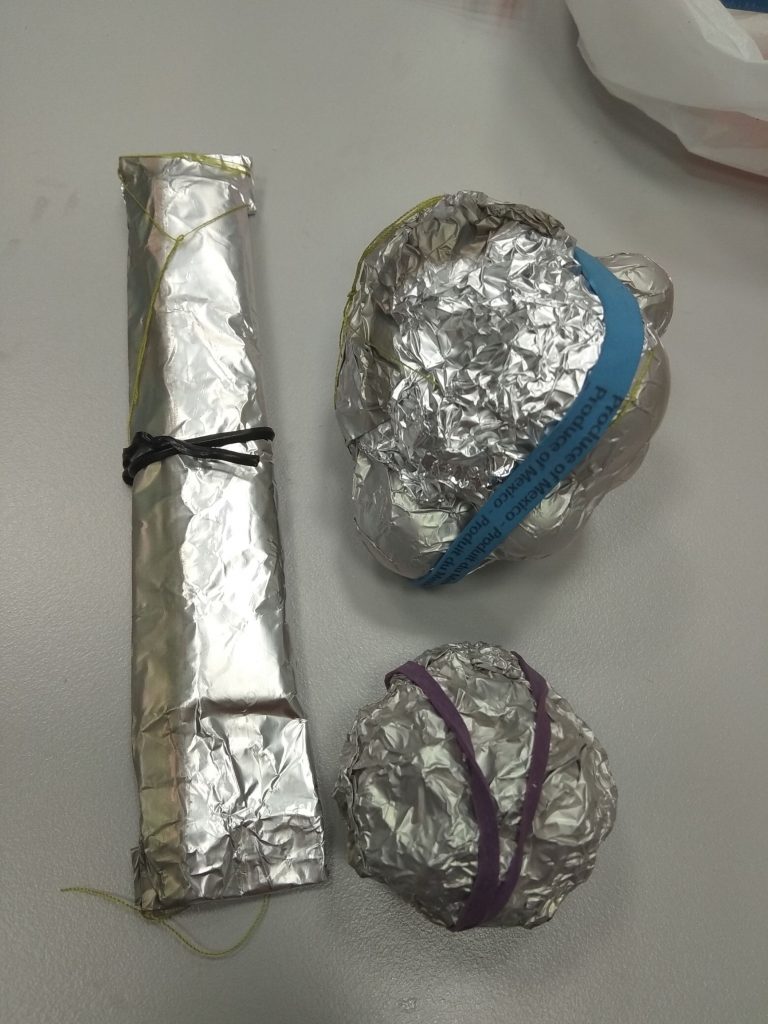
INTO THE POT
Put all the trials into the pot to boil for about 1 hr. Remember to do it outside as the fumes emitted from the polyester could make you feel dizzy and nauseous.
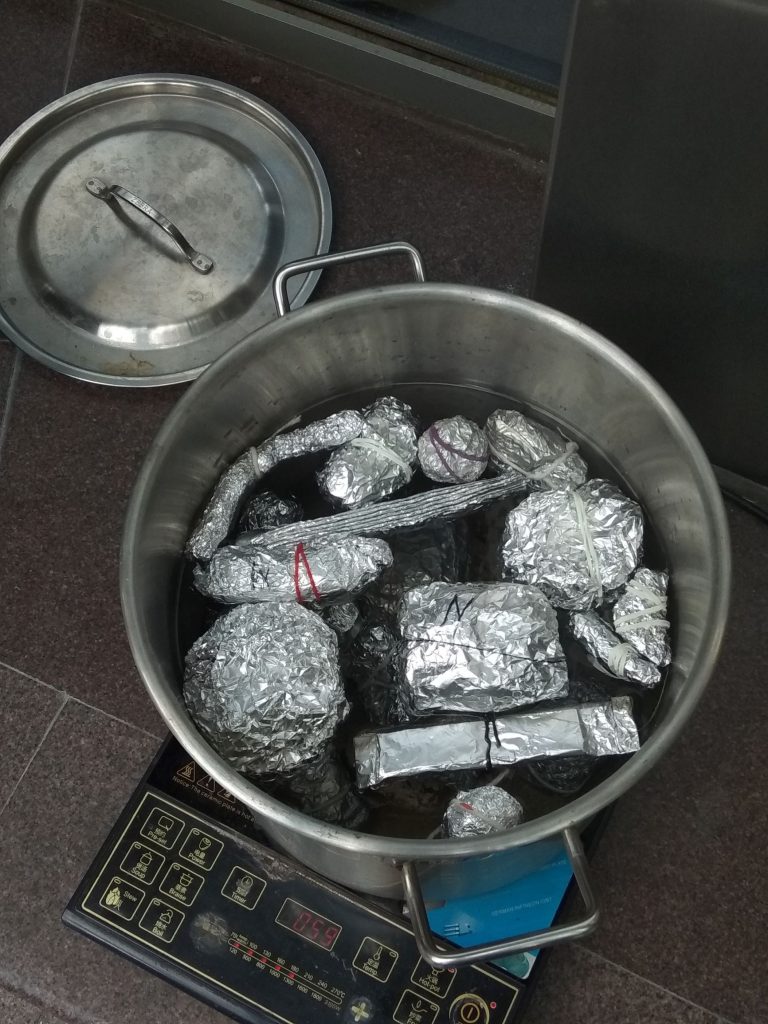
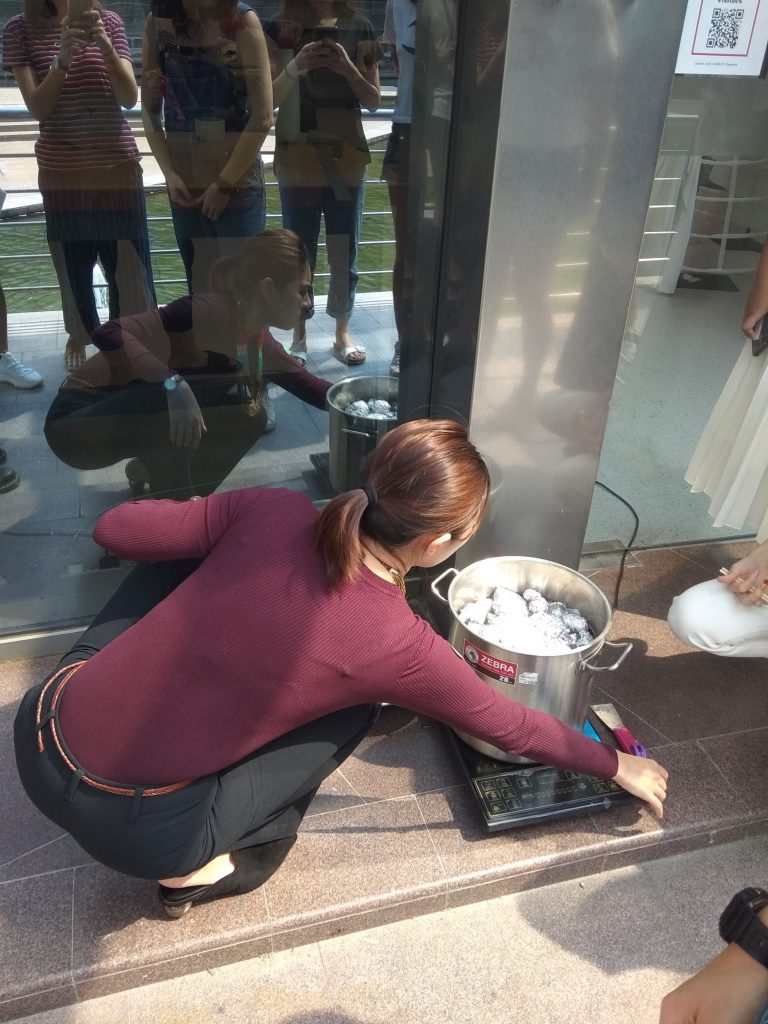
End Results:
Trial #1:
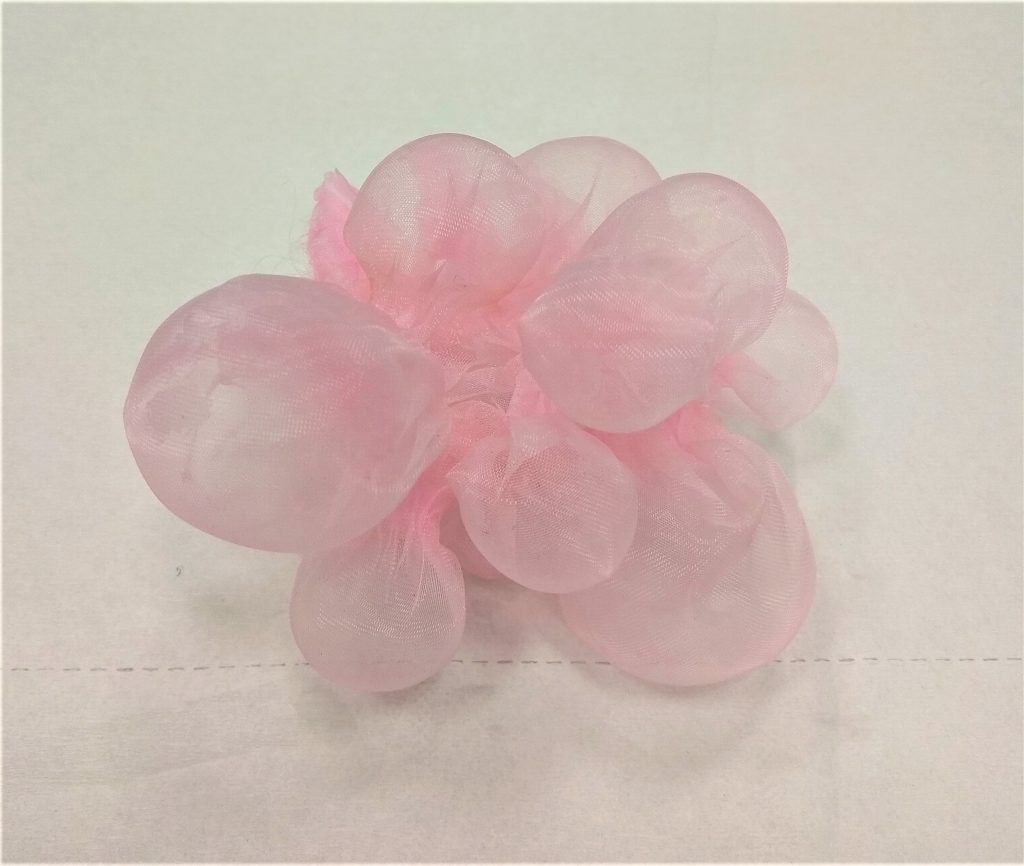

Trial #2:
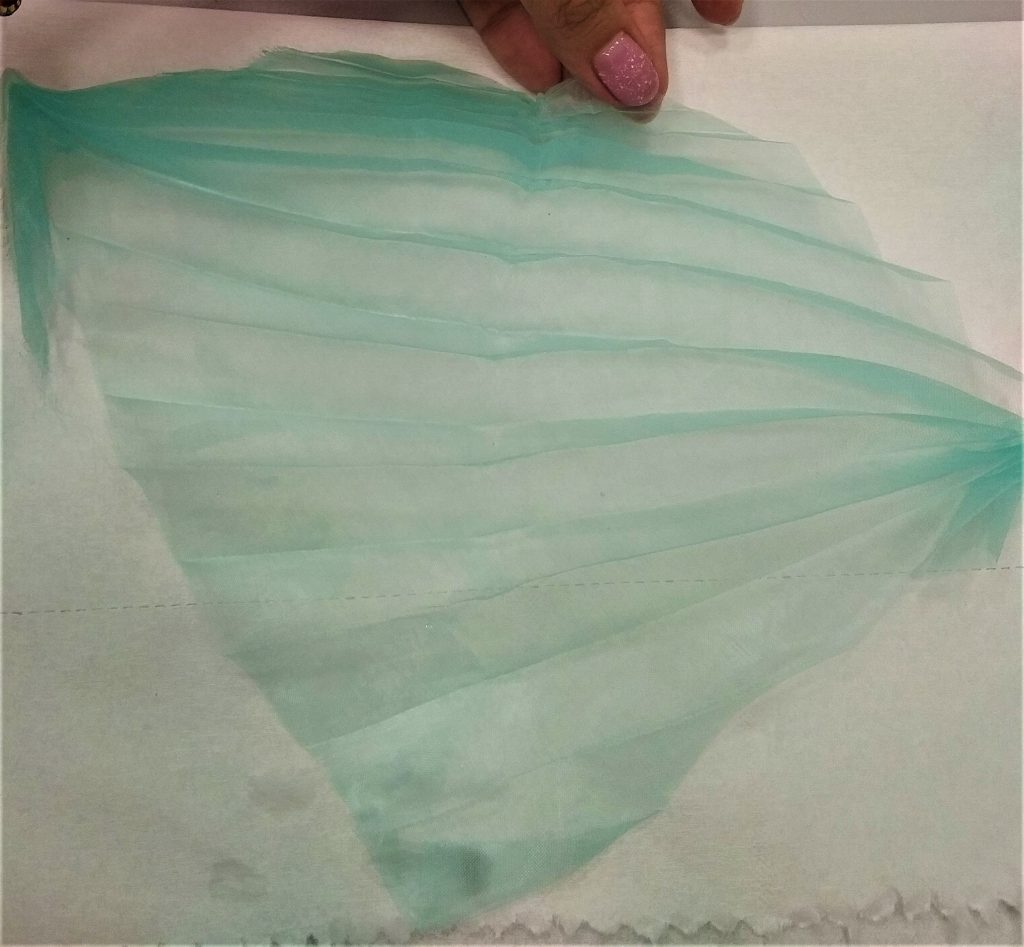
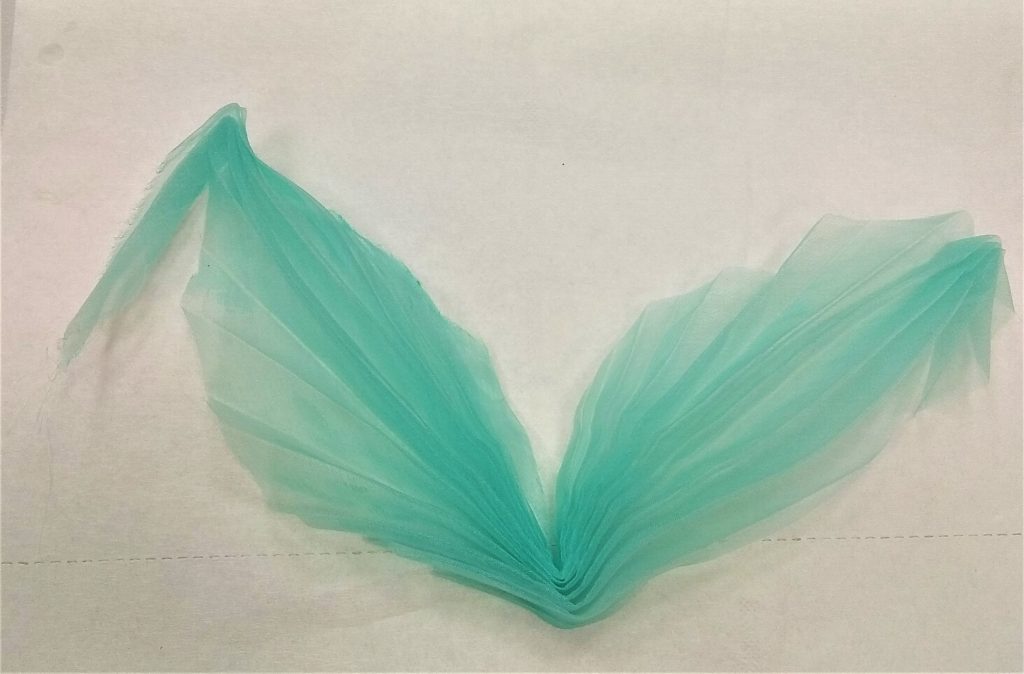
Trial #3:
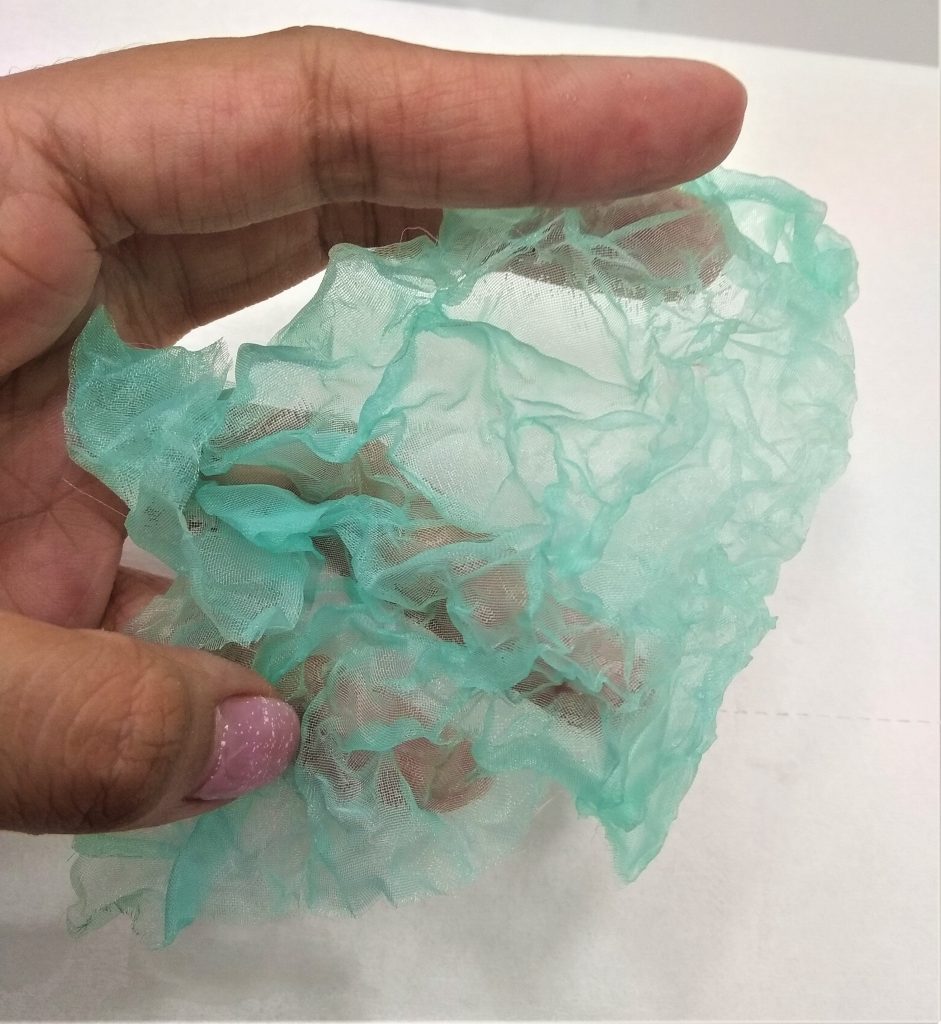
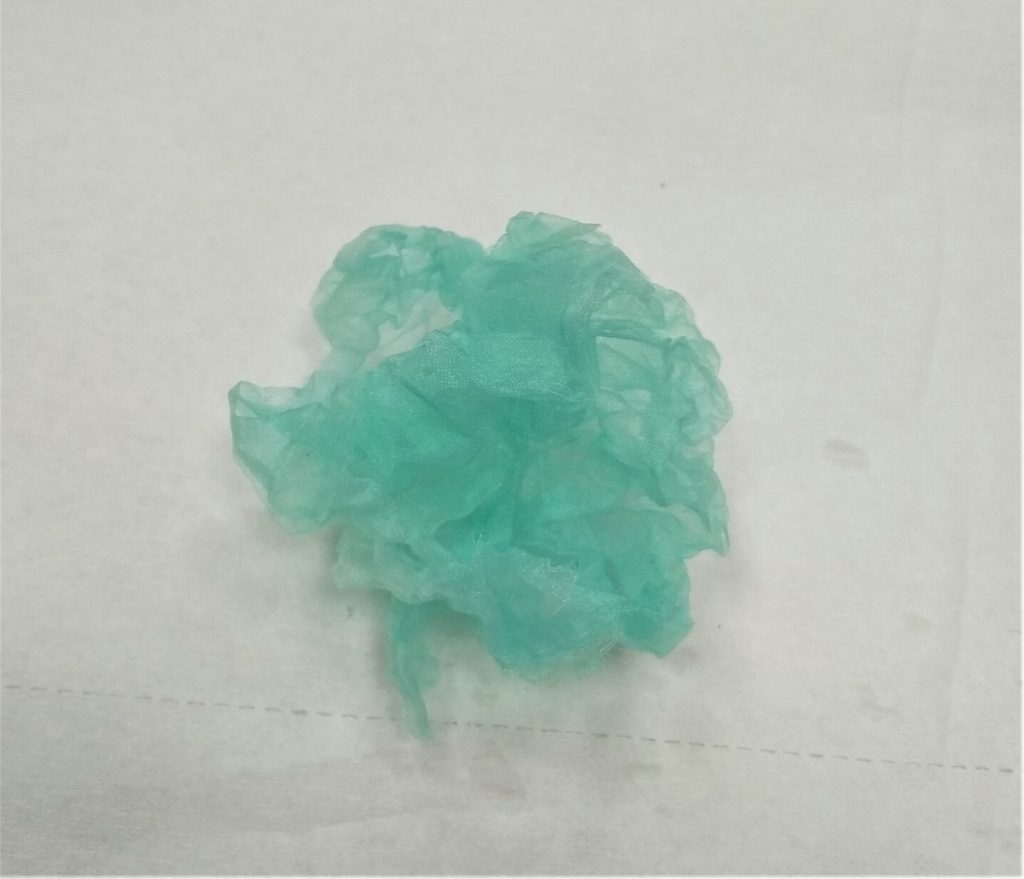
Overall, I think that the process of experimenting with thermoplastics fabrics is really interesting and that choosing the right fabric that is able to hold the shape is very important. I felt that my experiments are quite successful to some extent and the shape did eventually form to the desired ones I had in mind.
Applications:
